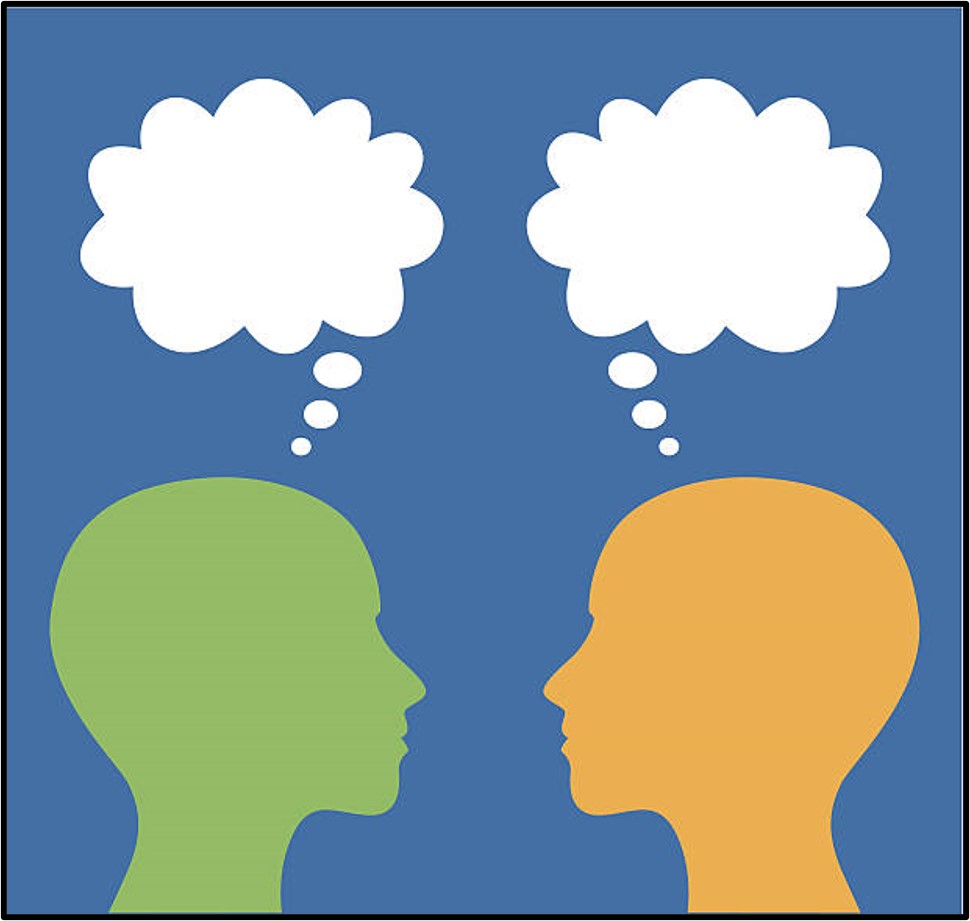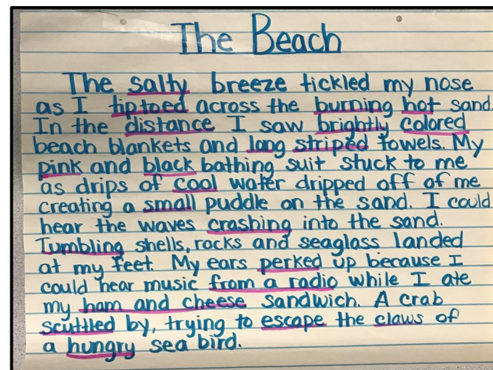Today, let’s dive into the wonderful world of third-grade writing and the art of adding delightful details. In my experience, many third graders HATE to add details to their writing. Okay, maybe HATE is too harsh of a word (although some really do). We would love for our students to be budding wordsmiths, exploring the magic of storytelling and expressing their thoughts through words. Unfortunately, students often scrawl down a short story and then raise their hand to tell you, “I’m done!”

At my school we were so lucky several years ago to have literary consultant Nancy Boyles come to our school to help us teach kids some solid strategies to use to add details and description to their writing! She taught our students through the use of icons (pictures on laminated copy paper). The icons that I still use with my students every single year are:
Snapshot, Thoughtshot, Dialogue, and Gesture
She has others, but these are my “GO TO’s” when it comes to writing! I have these printed out on copy paper and laminated. I hang them up on the board or our writing bulletin board and they are great for students to reference when writing, as well as when they edit.
Snapshot
One thing to have students add to their writing is a “snapshot.” Like the photo that it is named after, a snapshot is where the writer shares a mental picture with the reader. I love to show my students how to do this using their senses. I often will provide vivid sentences starters to help students who are struggling with sentence variety. I love to have students create these beach snapshot activities and then hang them up for Open House! Many parents are amazed at the amount their child has written (as compared with previous years). The students love to share their writing because it comes out so vivid!
Imagine a young author painting a vivid picture with words, adding descriptive adjectives and lively verbs to breathe life into their narratives. Students learn to choose just the right words to make their stories pop. Whether it’s describing the characters, setting, or events in their tales, third graders embrace the challenge of making their writing more engaging and colorful.
Thoughtshot

Like a snapshot, a “thoughtshot” is showing the reading something through writing. I show this using a paper with a thought bubble on it. When students add “thoughtshots” to their writing, they think about what the character might be thinking at that point in their story. This quickly allows students to elevate their writing. We talk about how to add a thoughtshot and how a thoughtshot might vary depending on whether something good or something bad is happening in their story. Adding a phrase like: “My shoulders slumped and all I could think about was how much my parents were going to punish me,” helps makes student’s writing come to life.
Dialogue

I talk to my students about adding dialogue to their writing. I use an icon page that has a speech bubble on it as a reminder for students. Dialogue can be a slippery slope. The icon reminds students to add dialogue to their writing, but I have to do a mini lesson on HOW to use dialogue. I tell students that dialogue is like pepper in a recipe. A little is good, but a lot is not! We also talk about how to “attach” the dialogue to a person/character. Third graders have a lot of dialogue and the more they have, the less likely it will make sense. We work a lot of punctuating properly and adding in the tags.
Gesture

The last icon I like to teach my students is “gesture.” Adding gestures such as waving, shoulder shrugging, or finger pointing can really elevate students writing. The icon I use has a little character shrugging his shoulders. Taking the sentence, “I didn’t know” and changing it to, “The teacher called on me and I slowly shrugged my shoulders as I made my way to the front of the classroom” makes a huge difference in both writing quality and writing confidence.
So I hope that creating a few icon posters to put in your classroom with make a big difference with your students. It will allow you to point out specific things that your students should include in their writing, or at a minimum, give them things to add when they declare “I’m done!”
Happy Writing!
~Heather










